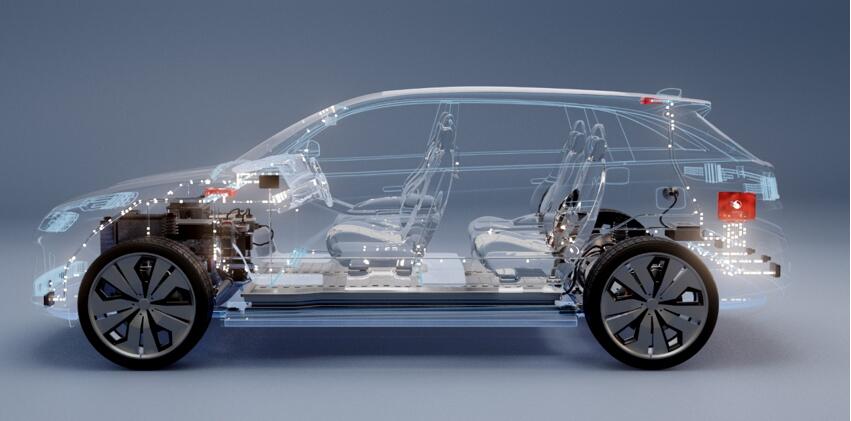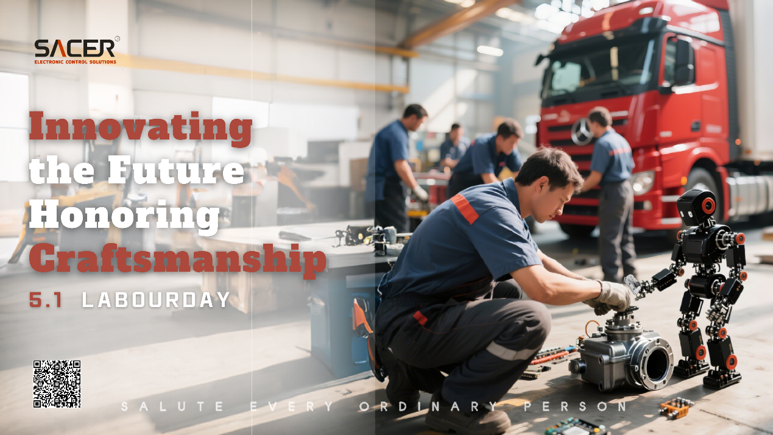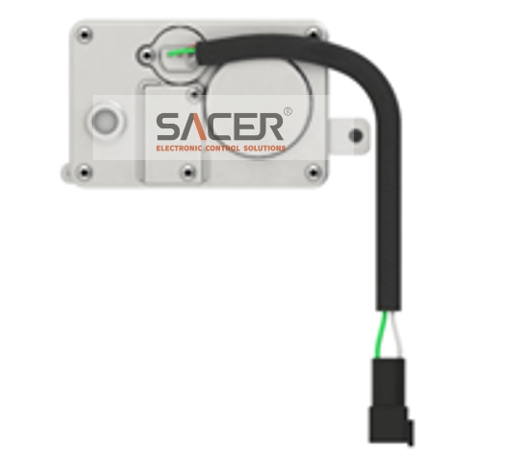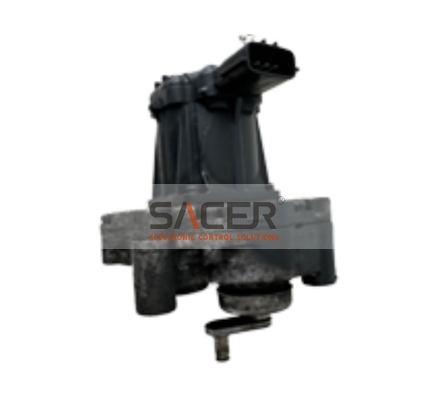Introduction: Automobiles are complex machines composed of numerous interconnected parts that work together to ensure smooth and efficient operation. These components can be broadly categorized into various systems, each playing a crucial role in the overall functionality of the vehicle. In this article, we will delve into the key automotive components that contribute to the performance, safety, and comfort of modern vehicles.
- Engine and Powertrain: The heart of any automobile is its engine. Responsible for converting fuel into mechanical energy, the engine powers the vehicle's movement. It is often complemented by the powertrain, which includes the transmission, driveshaft, and differential. These components work in tandem to transfer power from the engine to the wheels, allowing for controlled acceleration and speed variation.
- Chassis and Suspension: The chassis forms the structural foundation of a vehicle, providing support for all other components. Comprising the frame, suspension system, and steering mechanism, the chassis plays a critical role in determining a car's handling and ride comfort. The suspension system, in particular, absorbs shocks from the road, ensuring stability and a smooth driving experience.
- Braking System: Safety is paramount in the automotive industry, and the braking system is a vital component in this regard. Disc brakes, drum brakes, and anti-lock braking systems (ABS) work together to provide reliable and efficient braking, allowing drivers to control their vehicles and bring them to a stop safely.

- Electrical System: Modern cars are equipped with a sophisticated electrical system that includes the battery, alternator, starter motor, and a myriad of sensors and control units. This system is responsible for powering various electrical components, such as lights, wipers, air conditioning, and entertainment systems, enhancing the overall driving experience.
- Fuel System: Efficient fuel delivery is essential for optimal engine performance. The fuel system, comprising the fuel pump, injectors, and fuel filter, ensures the proper supply of fuel to the engine. Electronic fuel injection (EFI) systems have largely replaced traditional carburetors, offering better fuel efficiency and reduced emissions.
- Exhaust System: The exhaust system plays a crucial role in managing emissions and reducing environmental impact. Composed of the exhaust manifold, catalytic converter, muffler, and tailpipe, it directs and filters the gases produced during combustion, minimizing harmful emissions before they are released into the atmosphere.
Conclusion: In conclusion, automobiles are intricate assemblies of various components, each serving a specific function to ensure the vehicle's reliable and efficient operation. From the powerhouse of the engine to the safety features of the braking system, every component plays a vital role in shaping the driving experience. As automotive technology continues to advance, these components will evolve to meet the demands of a changing automotive landscape, providing drivers with safer, more efficient, and more enjoyable rides.
SACER is thrilled to express our earnest desire to collaborate with you and take our partnership to new heights. As we strive for excellence in our products and services, your insights and feedback are invaluable to us. We are eager to embark on a journey of product enhancement, aiming to not only meet but exceed market demands.
In the ever-evolving automotive industry, your partnership is crucial in steering innovation and progress. Together, we can explore opportunities to upgrade our offerings, introduce cutting-edge technologies, and ensure that our products align seamlessly with the dynamic needs of the market.





